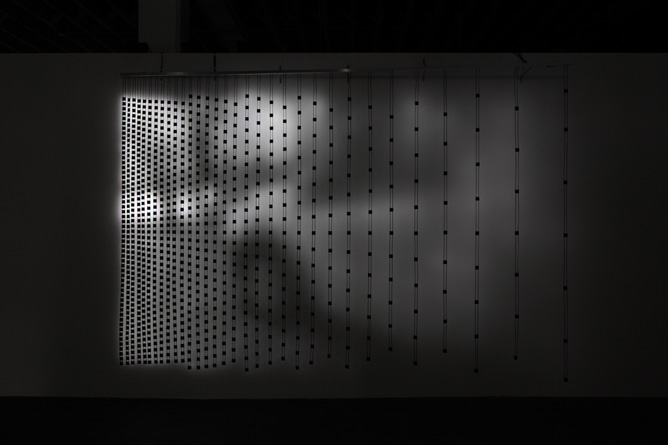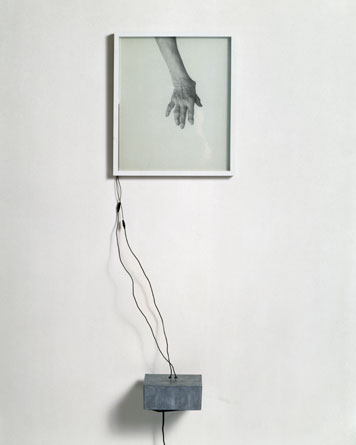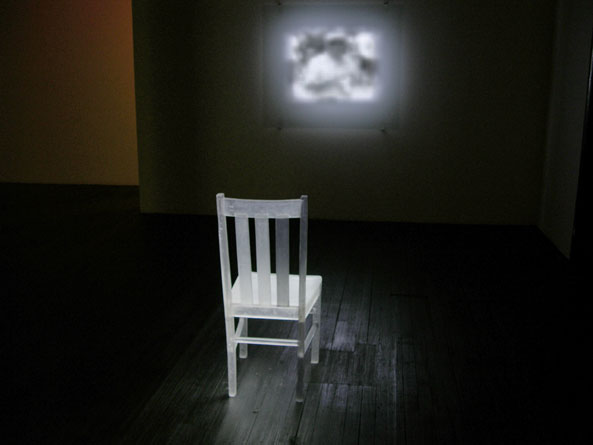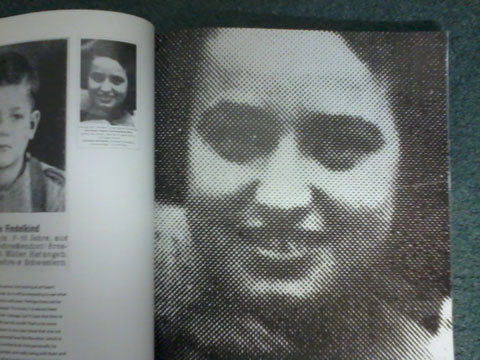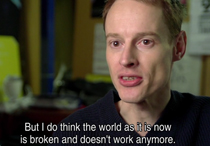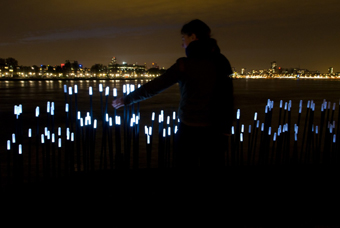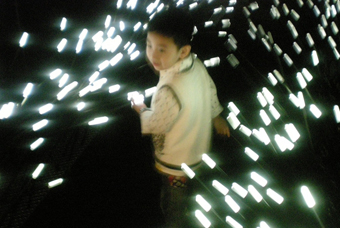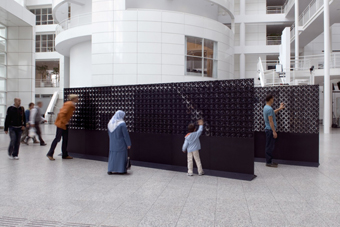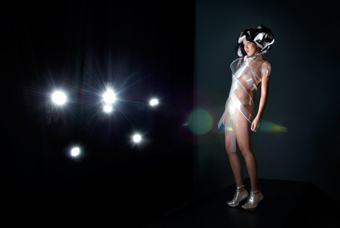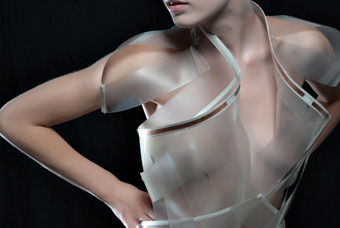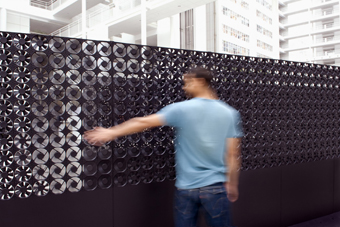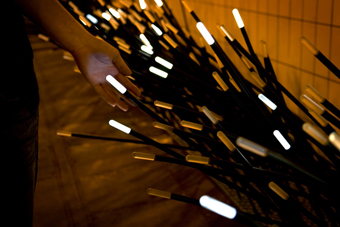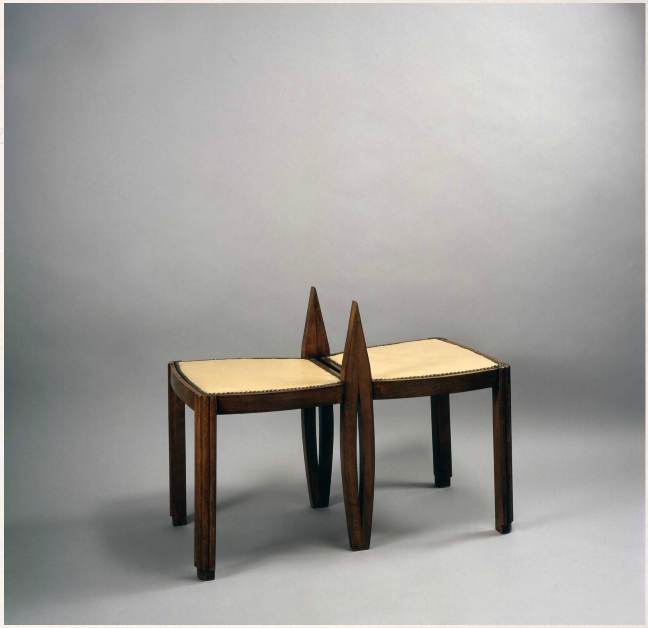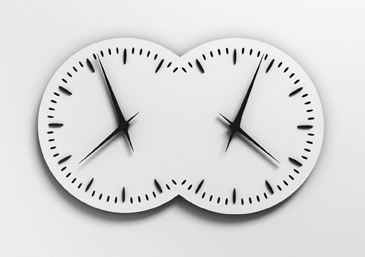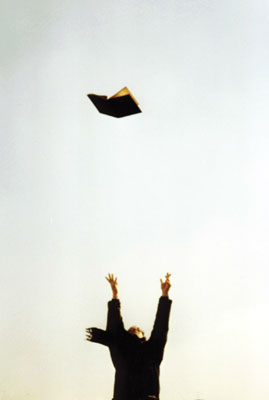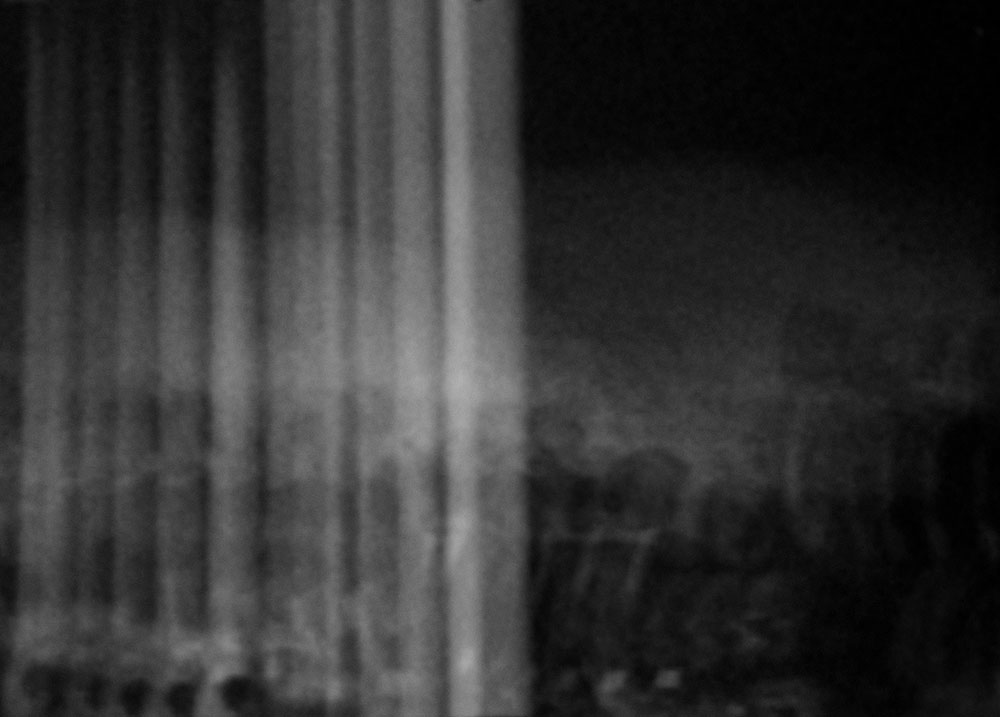 [image] Benjamin Tiven, Daniel arap Moi at a Public Presentation, Unknown Date, 2013, inkjet print 20" × 25".
[image] Benjamin Tiven, Daniel arap Moi at a Public Presentation, Unknown Date, 2013, inkjet print 20" × 25".
Pixels, root properties, illusions, patterns, grids and cities
Michael Cowan, Professor of Cognitive Neuroscience at Carnegie Mellon University and Benjamin Tiven, artist and contributor to the online magazine Triple Canopy, engage in a fascinating conversation, titled How we see in which they discuss the role of the brain in the understanding of the sensory world. The conversation revolves around issues that relate to our visual systems and the role of consciousness, evolution, experiential and scientific influences in shaping a visual understanding.
The interview is part of Common Minds, a series of essays which investigate the intricacies of the brain and the growth of neuroscience in contemporary society and science. Interestingly, Tiven titles this interview as a collaborative work and not an interview. This approach highlights the multiple roles that artists, such as Tiven, engage in and that any discourse is as valid a piece of art work as any painting, photograph, sculpture or digital creation. Below is a short extract from that conversation:
Our monitoring of the world is really much less continuous and accurate than we think it is. Experience is the conversion of energy into data. The project of all life is to correlate the interpretation with the energy source, since the better your ability to interpret reality, the more likely you are to survive and pass on your genes. Now, how close or causal is the relationship between the energy we experience and our interpretation of it—that's a different question. In fact, something like illusion or magic is based on a discrepancy between the information we're taking in and our interpretation. (Tarr, 2013 para 15)
Corrupted imagery and heads of state
Benjamin Tiven's approach to his art work is collaborative in nature and investigative in style. He deals with the longevity of images and the cross pollination of data from its analog forms into the digitised world as a need for survival. These manifest themselves as conversations that revolve around the issues of existence, memory and the way that stories are told. In A Third Version of the Imaginary, Tiven researches the archived footage, buried in the depths of the Kenyan Broadcasting Corporation, and the events surrounding the 1973 Kenyan Independence Day parade. He brings the archived footage back to life through a series of interviews and conversations which corroborate the grainy, choppy footage from a technological past.
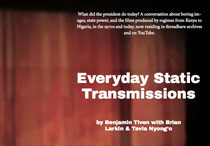
Employing the internet, through Triple Canopy, as a platform for the reinterpretation of these occurrences, the ‘conversations’ express themselves as investigative journalism which delve deeper into the politics of regimes past, the power of political imagery and the data that forms these events. Tiven describes an aspect of his work as the "increasing interchangeability between objects and data" and in one of these conversations with Brian Larkin, Larkin describes that a “breakdown shouldn’t be seen as the absence of something, but rather as the groundwork for something else coming into existence” (Larkin, 2014). This view exemplifies what Tiven’s work is about; that all things have data, past, present and future and in the retrieval and archiving of these events, new occurrences happen.
The digital space can now act as the repository of our actions. The increased capacity of storage through micro technologies and cloud depositories has expanded the realm of knowledge and the capacity for the instantaneous retrieval of information. The explosion of on-line magazines, blogs and social media sites has spurned an environment where all our experiences can be recorded and archived. This ever expanding environment can also be seen as the collective memory of our times.
But one day, these digital spaces might mirror the dusty archival rooms of past regimes, which means that the decoding of our digital past will require new technologies and new visionaries to retrieve them from their slumber. So, who will be responsible for the reinterpretation of these memories? Who will re-mix, loop, splice, cut and paste new story lines in an effort to uncover the deeper connections that occurred in the posting of our existence? As the digital space increasingly becomes controlled and commodified will it be the artist, the writer, the scientist or will we relinquish that responsibility to the powers that govern us? And will these interpretations represent the truth?
Reference:
Tarr, M. & Tiven, B. (2013). How we see. Retrieved from: http://canopycanopycanopy.com/contents/how-we-see
Larkin, B., Nyong’o, T. & Tiven, M. (2014). Everyday static transmissions. Retrieved from: http://canopycanopycanopy.com/contents/everyday_static_transmissions




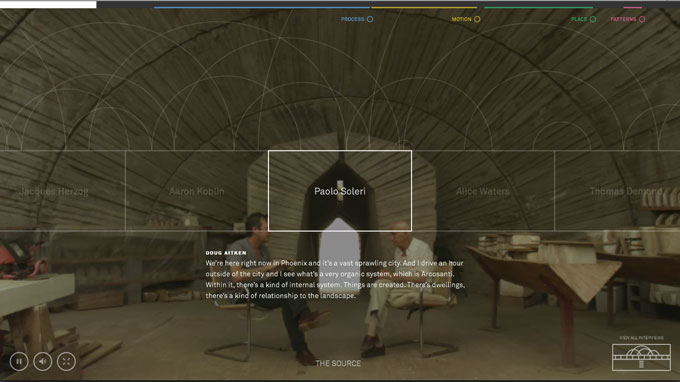 process | patterns | chaos | motion | place
process | patterns | chaos | motion | place
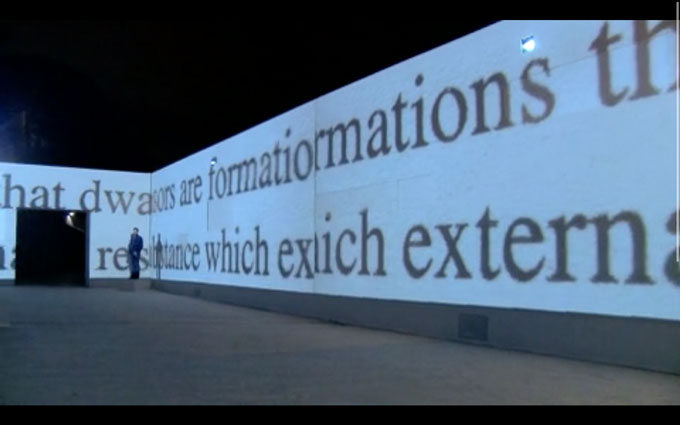
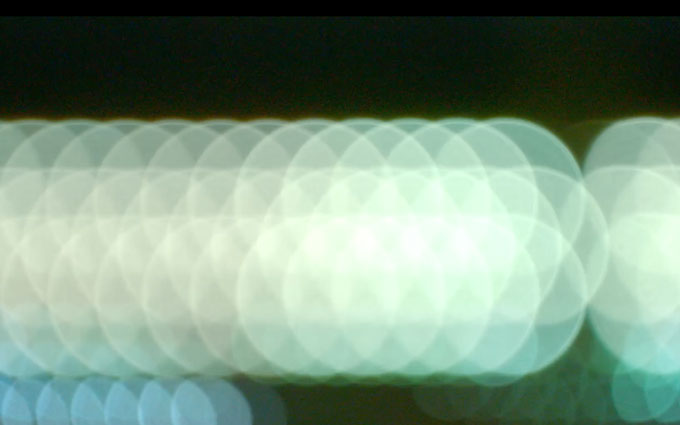


 [image] Benjamin Tiven, Daniel arap Moi at a Public Presentation, Unknown Date, 2013, inkjet print 20" × 25".
[image] Benjamin Tiven, Daniel arap Moi at a Public Presentation, Unknown Date, 2013, inkjet print 20" × 25".
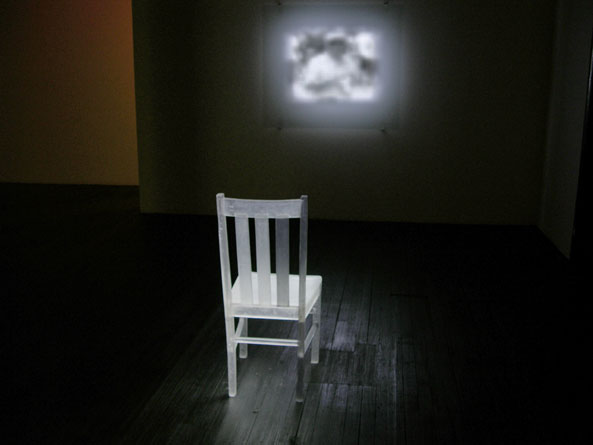 In October this year the
In October this year the 